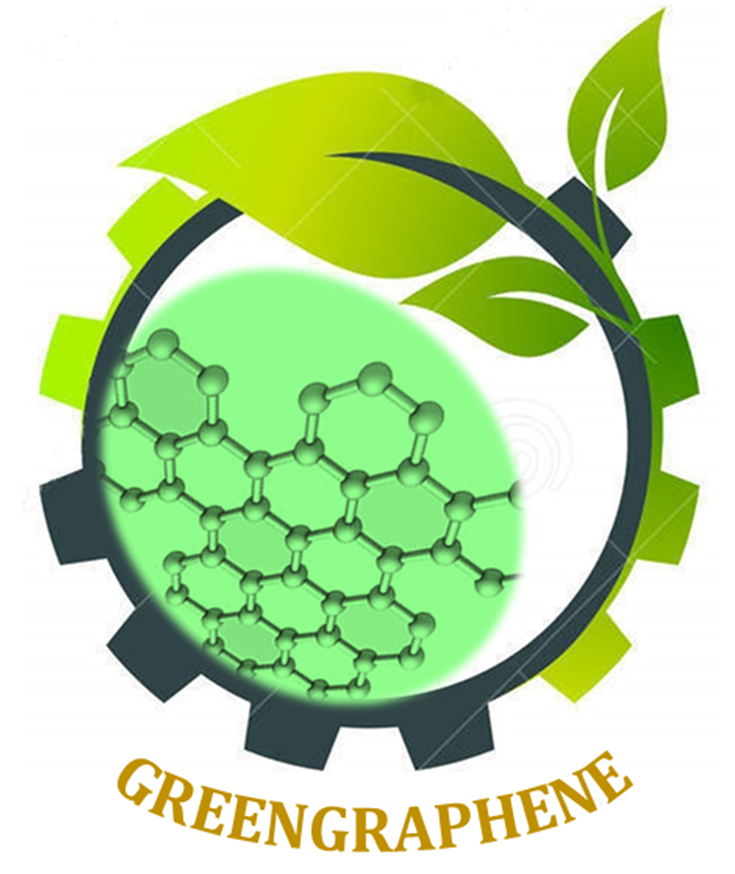Nanografi Company was awarded with Horizon 2020 SME Instrument Phase 1 grant by European Union to launch one of the largest Graphene Manufacturing Plants in the world with its patent pending eco-friendly and cost efficient production method (GREENGRAPHENE).
With its disruptive innovation of GREENGRAPHENE, Nanografi has applied for European Commission’s Horizon 2020 SME Instrument programme, a highly competitive and reputable fund aiming to increase Europe’s global competitiveness, and granted to Small and Medium-sized Enterprises with innovative & groundbreaking projects in Europe.
As one of the pioneers in the field, Nanografi developed a graphene production method in 2016 which releases no hazardous substance to the environment, leaves almost no waste behind, and decreases the costs in significant amounts, without sacrificing the quality.

Graphene Production is now Eco-Friendly as well
Before 2016, graphene production was not only costly, but also suffering from environmental problems because a huge amount of waste was generated during old graphene production processes. Economic and environmental concerns became an obstacle for industries to benefit from graphene in full measure.
After its groundbreaking discovery, inventors of graphene were awarded with 2010 Nobel Prize in Physics. Being the lightest, strongest, and the most conductive material in the world, graphene is known to have a wide range of uses in many industries today.
It is expected that in the next five years the demand for graphene will increase over 10 thousand tons per year, making the current total global capacity of manufacturers, less than 1000 tons, highly insufficient.
Objective of GREENGRAPHENE Project
Graphene-based materials gained a lot of interest by researchers worldwide and a wide variety of applications has been developed from them in the last decade. There are more than 45.000 patent applications recorded after the inventors of graphene were awarded with Nobel prize in 2010. Graphene’s applications extend from fast charging high capacity batteries to light-weight and high strength aircraft parts. Composite industry is the field that graphene can be quickly adapted because graphene can be produced in powder form similar to many of the other additives used in the composites industry. Composites industry is a €63.2 Billion market and it is expected to reach above €113,85 Billion within the next 5-6 years. Offering performance properties comparable with the current metallic and ceramic materials is the main motivation for the composite producers and costs of the additives in the market constitutes only 1% (>€1 Billion market for additives) of the overall costs.
The major obstacle that prevents the rapid initiation and adaption of graphene into the composites market is the price ranges (2800-7600 €/kg) of the material with desired quality. In order to overcome this obstacle, Nanografi developed a simple, disruptive, cost-effective and environment-friendly graphene production method (patent pending) and offered a good chance for graphene in the composites industry. The developed method offers graphene nanoplatelet product with high quality and offering the lowest price range (<€85/kg graphene) after the production is scaled up to 100 tonnes/year within 5 years. The price offers can go down further as the demand increases. To conclude, in GREENGRAPHENE Project, Nanografi aims to bring its high quality graphene product which we produce by our highly innovative method to the composites market and prepare technical/economic feasibility plans for increasing the use of graphene in the composites industry.



Comments
Post a Comment